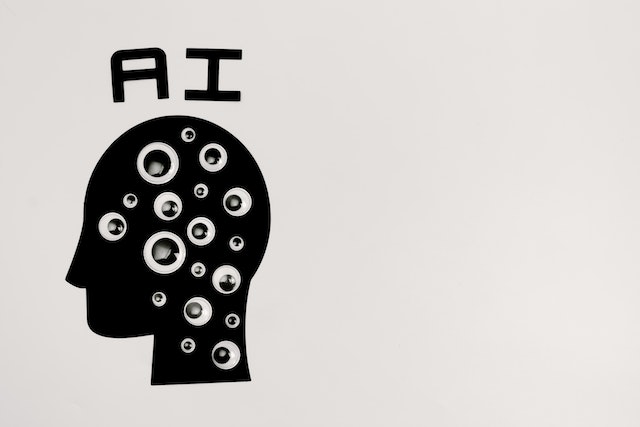Theme:
- For the first time, a legal decision has been made with the assistance of an AI text generator. Colombian Judge Juan Manuel Padilla Garcia used the AI tool ChatGPT to ask questions about the case and incorporated its responses into his verdict, according to a court document dated January 30th 2023. This marks a historic moment as the first known instance of an AI tool being openly acknowledged for its role in a legal decision.
What is generative AI?
- A generative AI refers to a type of artificial intelligence (AI) that can be used to create new and original data or content through machine learning algorithms. The generated data can be new text, images, audio, video, code, or synthetic data. The goal of generative AI is to be able to produce outputs that are similar to or even indistinguishable from human-generated outputs.
Benefits of Generative AI:
- Generative AI can automate many repetitive tasks that would otherwise require human intervention, freeing up time and resources for other tasks.
- It can increase efficiency and speed, as generative AI can process and analyse large amounts of data much faster than humans can and generate outputs in real time, making it a valuable tool for a variety of applications.
- Generative AI can help to improve accuracy and consistency in performing tasks, reducing the risk of human error and increasing the reliability of outputs.
- Automating certain tasks and reducing the need for human intervention will help save costs for many industries.
- Generative AI is beneficial in various fields, such as healthcare, robotics, finance, education, and others, due to its advantages. It will also help boost the economy by reducing costs, creating new products and services, stimulating innovation, and driving economic growth.
Challenges of Generative AI:
- As generative AI models become increasingly sophisticated, they have the potential to perform tasks that were previously done by humans, including tasks that require cognitive skills such as pattern recognition, decision-making, and problem-solving. This has the potential to significantly reduce the need for human labour in certain industries, leading to job losses and economic displacement.
- The models can perform tasks that would otherwise require human intelligence, reducing the need for human cognition. This could result in a decrease in the overall cognitive abilities of a population, particularly for young children, who may rely less on their own abilities and more on technology to perform tasks.
- Generative AI is trained on existing data sets to produce results based on them. There is a potential for technology to reinforce existing biases and prejudices in society. This can occur when the algorithms and models are trained on data sets that reflect the biases and opinions of their creators. This can result in the perpetuation of these biases in the AI system, leading to discriminatory outcomes when used in real-world applications.
- Generative AI can be used to create false information, like fake text, speech, images, or videos. This is especially concerning in today’s age of easy access to information and social media, where fake news and misinformation can spread quickly and have serious consequences. The ability of generative AI to create convincing fake text, speech, images, or videos means that people may not be able to distinguish between real and fake information, leading to confusion, misinformation, and mistrust in the information being presented to them.
- The development and use of generative AI raises a number of regulatory and governance challenges, including questions about who is responsible for the outputs generated by generative AI systems and how to ensure their safety and ethical use.
- There are also concerns about how to protect the privacy and security of users and the data used to train generative AI systems, and how to ensure that these systems are transparent and accountable.
Conclusion:
India is well placed to take advantage of the opportunities that generative AI has to offer. India will need to increase its investment in generative AI and build a proper AI ecosystem. The government can encourage investment by creating a favourable regulatory environment and partnering with both the public and private sectors to invest in AI solutions. At the same time, India must take steps to ensure the responsible use of AI, with proper privacy and security measures in place. With the right investments and policies in place, generative AI can positively contribute to the economic growth of the country.
Photo by Tara Winstead
Your Turn…
What’s your take on generative AI? Express your point of view through the comment section below. And subscribe to our blog to read answers to the trending GD topics.
Copyright @ Group Discussion Ideas.

